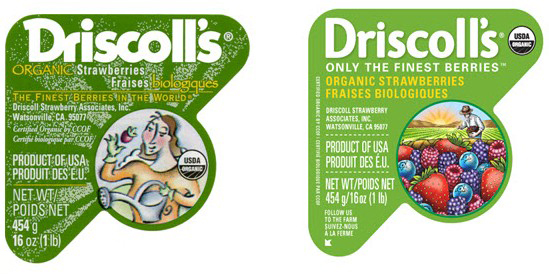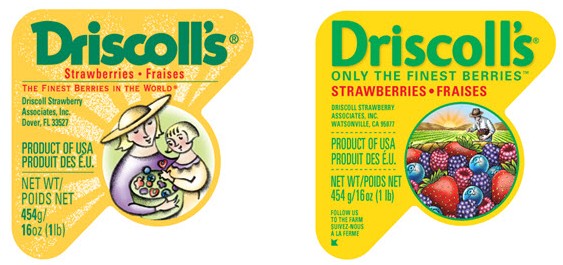Kahlúa Package re-design
Monday, October 25th, 2010The world’s number-one selling coffee liqueur, Kahlúa has long occupied a prized position in the world’s liquor cabinets. Consumers everywhere associate its distinctive name and taste with an appreciation for fine spirits.
Of course, all great brands grow and evolve over time, finding fresh ways to extend their appeal in the marketplace. And, in 2007, Malibu-Kahlúa International began a series of strategic innovations, starting with a new packaging system.
How do you build on a favorite? This was the critical question facing Malibu-Kahlúa International, the Pernod Ricard-owned company that shapes the brand’s global strategy. The company’s goal was to refresh the brand, while maintaining its existing store of affection and appeal among consumers around the world. This meant infusing the existing brand image with a more contemporary feel, and laying the groundwork to extend the line into exciting new flavors.
The design team at The Brand Union, along with Steven Noble’s illustration expertise, began by diving into Kahlúa’s roots, while simultaneously looking forward toward new possibilities. They conducted research in Kahlúa’s top markets, reviewing how consumers perceive and interact with the brand.
The team identified a number of priorities for the brand’s new look. This included the careful blending of existing and new visual elements. Meso-American cues evoking the brand’s birth in the heart of Mexico were given new dimension with premium metallic accents denoting excellence and quality.
Armed with this fresh palette of design elements, the Brand Union team crafted a new premium packaging system that serves as a rich celebration of the brand. Their work centered around four key factors.
Premium quality
The bottle’s well-loved elements have been revitalized with premium cues, including the addition of deep hues, metallic accents and a smooth satin luster. A simplified logo incorporates the updated color palette and increases contrast.
Meso-American authenticity
Illustrations created by Steven Noble of the Mexican landscape and topography are included on the new label while Colonial architectural influences in the illustration have been replaced with more appropriate Mayan and Aztec cues. Intricately detailed Meso-American cues on the neck label speak to the brand’s authenticity and origin.
Back-of-bottle
The intriguing and little known Kahlúa story celebrates the brand’s origins, while tasting-notes highlight the spirit’s distinct flavor and premium quality.
Outer-shipper case packaging
The updated color palette, refreshed Kahlúa logo and intricate Meso-American illustrations are brought to life on the shipper packaging’s premium quality stock.
Kahlúa’s new packaging perfectly balances the brand’s distinct personality and heritage with fresh notes. The traditional coffee flavor and the newly launched Kahlúa Hazelnut and Kahlúa French Vanilla flavors are all dramatically headlined by the new system. The rich pleasures contained within every Kahlúa bottle are now more fully expressed through the outward elements of design and packaging.

Kahlua Bottle



